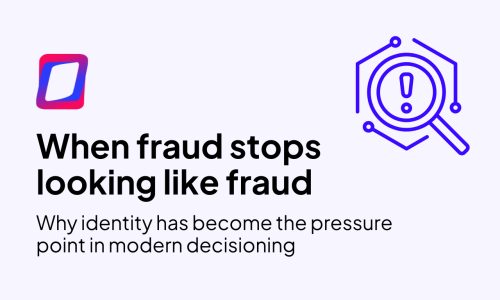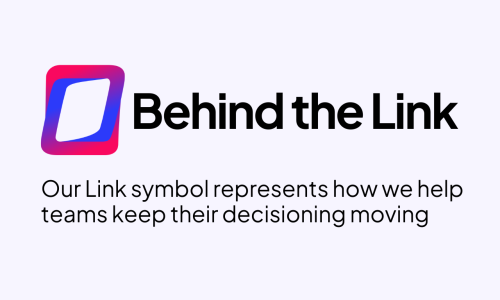Revolutionizing Debt Collection with Artificial Intelligence: The Ultimate Game-Changer
By implementing comprehensive management strategies, borrowers can make a worthwhile investment in reducing delinquency rates, improving recovery, and saving costs.
The current economic and financial outlook is precarious and vulnerable. Issues such as the war in Ukraine or the current alarming inflation have a significant impact. This year’s economic slowdown in the Eurozone will most brutally hit the companies dependent on discretionary consumption or intensive energy use. Rate hikes will hurt more indebted companies, which will have to pay more for their financing, and SMEs due to their greater financial “fragility”.
The “European Bank Lending Economic Forecast” published by EY in 2023 predicts that the Eurozone will enter a recession in the upcoming months, with a projected 1.8% decline in bank financing (as opposed to 4.6% growth last year). Furthermore, bank financing for businesses and households in Spain is also expected to drop by 1.3%. According to the report, non-performing loans are projected to reach 4.5% in the Eurozone this year and grow to 5.5% in 2026. As interest rates increase, credit moratoriums expire, and restructured loans come to an end, loan quality will be further strained. It is inevitable that non-performing loans will increase, intensifying the pressure.
For now, Spain’s bad debt or default rates are indicating a “positive” trend, which can be attributed to the favourable short-term outcomes of the pandemic interventions. The S&P agency forecasts that the Spanish economy will experience a growth rate of 0.9% in the current year, along with an anticipated inflation rate of 5.1%. After hitting the ceiling, interest rates are expected to decline in 2024.
Delinquency “is one of the main risks affecting the financial sector, causing large losses and even bankruptcy in some companies, institutions or financial organisations; hence the importance of improving risk management practices and obtaining a solid return by incorporating analysis and automation tools” explains Antonio García Rouco, CEO of GDS Modellica. Thus, incorporating artificial intelligence tools, automation, and solutions into financial platforms results in a simpler, more streamlined, and improved management of debt collection processes.
Modellica Collection Suite is a solution developed by GDS Modellica, which highly emphasises the importance of data and its analysis. Thanks to Artificial Intelligence, it automates and speeds up the debt collection process, enabling companies to increase their revenue. The benefits of the Modellica Collection Suite include improved acquisition, fraud and collection processes by democratising access to credit; and the acquisition of an automated decision-making engine, crucial for optimising efficiency, transparency and profitability. This solution is flexible and effective, adapts to each situation and increases the probability of debt collection. It designs behavioural patterns, detects fraud before significantly impacting your operations, and improves customer security and transaction integrity.
García Rouco states that, with this tool, “the collection process is significantly improved. Our services are ideal for any organisation that needs to optimise and automate its credit risk management policies and strategies.” Automated systems provide an objective and accurate assessment of credit applicants, reducing the chances of human error and discriminatory decisions.
By enabling real-time analysis and credit risk assessment prior to lending, automation can detect potential fraud with high accuracy and in a timely manner, thereby safeguarding lenders against financial losses. The latest debt collection procedures are marked by quickness, flexibility, tailored approaches, and efficiency, with the added advantage of business users retaining complete control over the entire process.
Recent articles

When Fraud Stops Looking Like Fraud
Read article
Behind the Link
Read article
